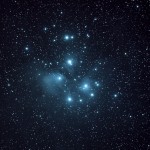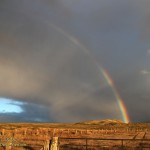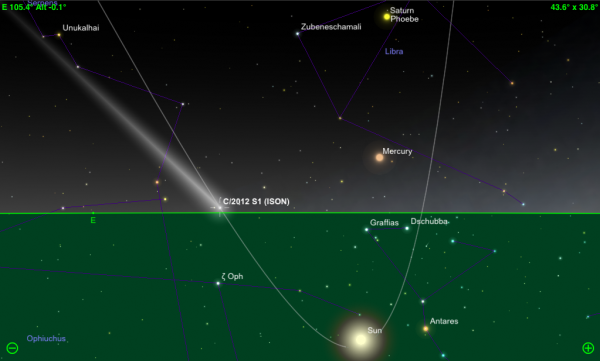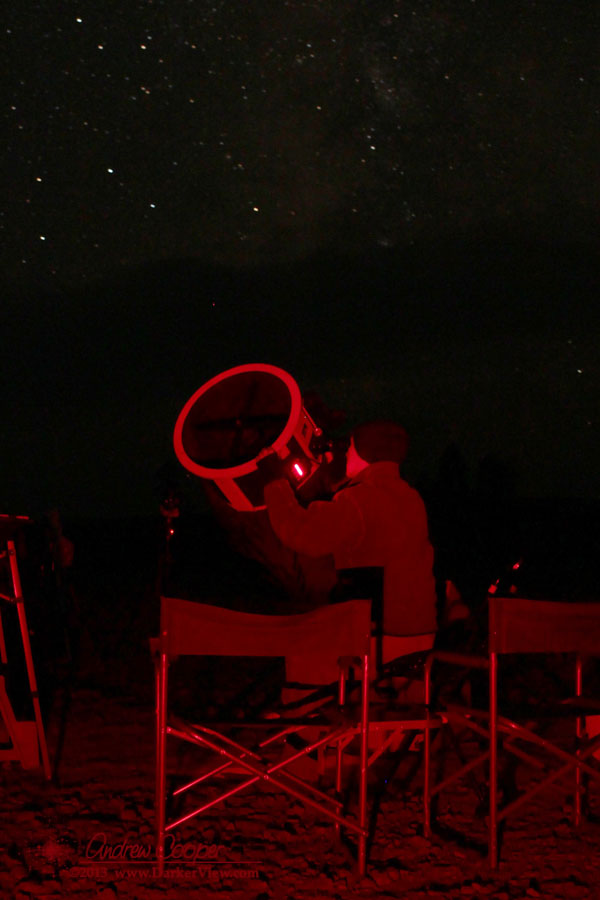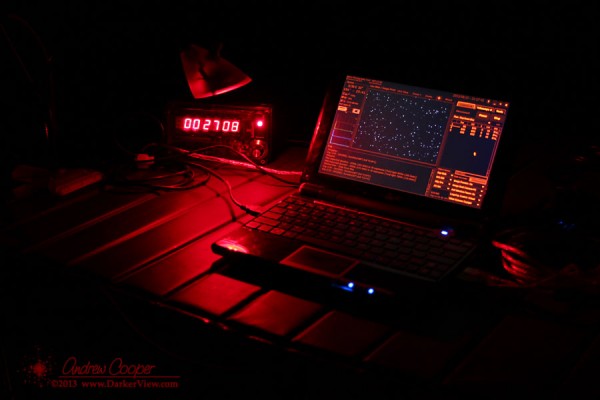As we are all aware, the TMT protests are having direct consequences for everyone who goes to the mountain. Regular mountain users and tourists alike are dealing these consequences. The summit road closed to the public for a second week, the MKVIS also closed, even before these closures the protests had curtailed many activities.
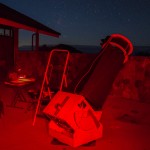
An agenda item that will appear before this week’s DLNR board meeting contains significant rule changes regarding use of the lands surrounding the Mauna Kea access road. For the local amateur astronomy community this looks to be very serious, a complete closure of a place we have all come to value very highly.
Go the the Mauna Kea Visitor Information Station on the weekends nearest new Moon and you will find telescopes. While the MKVIS telescopes get put away at 10pm there are ‘scopes that are operating late into the night, often still there when dawn colors the sky. These telescopes belong to local amateur astronomers who bring them here to enjoy perfect Mauna Kea skies.


